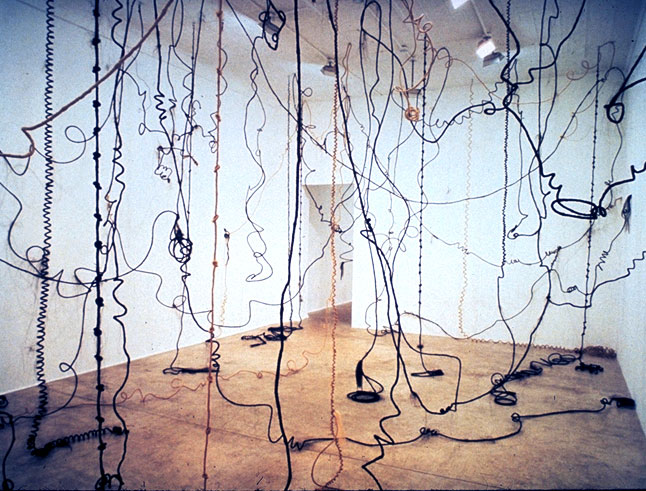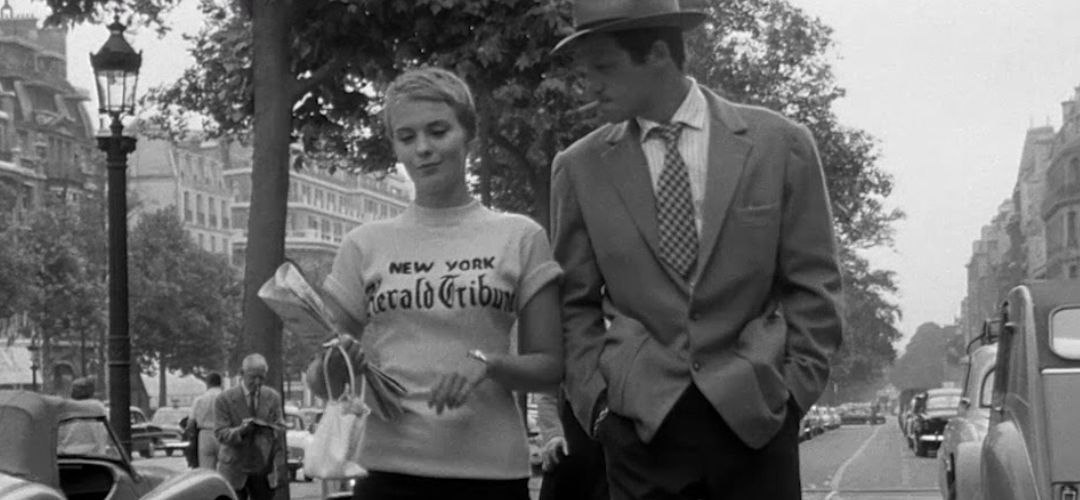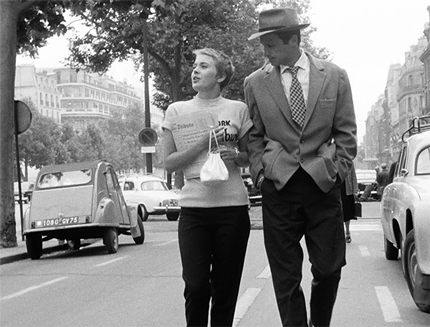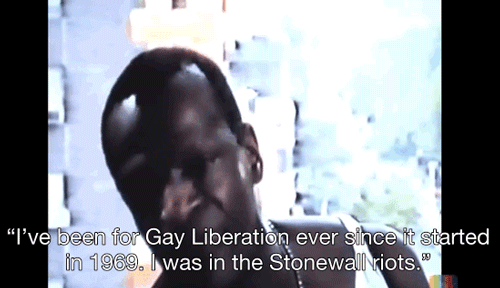While today’s art world is now more representative of voices previously left unheard, there is still some serious work to be done to uplift the voices of those who have long been left silent.
In this controversial era it’s important that we are tapped into the culture. Although that might seem easy to do in the age of social media and clout consumerism it’s also easy to miss out on great creatives.
Don’t worry. As always, we got you fam! Here is a list of five dope artists questioning gender normativity and are creating some amazing work.
Salma Olama
Salma Olama is an Egyptian photographer who combines cinematic and worldly inspiration in order to create her work.
Her photographs profile the faces of the old and the young, from Prague to Sri Lanka. Her work has been featured in Vogue Italia for their Photovogue series.
Olama delicately depicts both the faces and the landscapes of the places she travels.
Her work in her home, Cario, is particularly intimate. It illustrates generational gaps between both family members and perfect strangers.
View this post on Instagram
Linder Sterling
As a radical feminist who made her name in the 70s Punk scene, Linder Sterling does not shy away from making her audience uncomfortable.
Her subversive collages create a graphic ven-diagram between homeware magazines and pornography.
View this post on Instagram
When being interviewed for Simon Reynold’s 2012 book Totally Wired, Sterling explained her thought process behind her photomontages, saying:
“At this point, men’s magazines were either DIY, cars or porn… Women’s magazines were fashion or domestic stuff. So, guess the common denominator – the female body.”
However, an issue does come with the fact that at the end of the day, raw images of complete objectification are still being sold for profit. Her collaboration with the (all male) punk band, The Buzzcocks, is what popularized her work, but it also complicates its message.
It can be said that Sterling’s adept commentary concerning the commercialization of women’s bodies may have fallen upon deaf ears when it came to The Buzzcocks’ audience in regards to Sterling’s cover for their 1977 hit single “Orgasm Addict.”
#OTD 1977: @Buzzcocks Orgasm Addict is released – delayed due to objections to artwork. Promo poster & Linder Sterling's original design. pic.twitter.com/H2N080ULau
— John Maher (@flyingmonkphoto) October 28, 2016
Fans of The Buzzcocks might have been less interested in contemplating the greater socio-political meaning behind the commodification of the female body, and more interested in seeing a woman’s naked body splayed across the cover of the band’s album.
This brings up a tricky philosophical paradox over whether or not Sterling’s work, and work like it, helps or harms the fight for women’s equality.
While Sterling’s work illustrates the objectification of women in mass media, its reception paradoxically enforces the very same problem she is trying to point out.
Cathleen Lewis
Cathleen Lewis is a New York City-based visual artist. She previously worked as the Vice President of Education at the Museum of Art and Design and has over 10 years of experience as an art administrator.

Lewis works with pen and ink, photography, as well as installation work to provide a narrative of what it means to exist as an African American woman in the United States.
One of her most impressive series of pieces is titled Extensions, Ethnic Signifiers.
Lewis used synthetic hair, horse hair, thread and wire to create multiple canopy-like installation pieces across the country. With this work, Lewis explores the significance of hair and its manipulation in regards to black beauty.
She additionally comments upon wider social constructs concerning the presentation and representation of race in places that have historically excluded black narratives.
Victoria L. (“FEWOCiOUS”)
Victoria L., better known by their handle FEWOCiOUS, is a 16-year-old artist operating out of Las Vegas. Their style is decidedly surreal, incorporating a post-humanist aesthetic as well as vibrant colors to create a hallucinatory collection of images and text.
Cubists are often most associated with first incorporating text into their paintings. This highlights the visual aesthetic of language itself as an incredibly one-dimensional medium to convey greater meaning. (Most notably illustrated by Magritte’s famous Treachery of Images.)
However, in the mid-20th century, the visual art scene grew and adapted to new audiences. Popular artists such as Basquiat and Barbara Kruger incorporated language as an essential part of their work. FEWOCiOUS is following in the same vein with their dynamic use of both visual and written imagery.
As one looks closer, their incorporation of text with their drawings transforms the work into a type of diary entry. In a shot of a work in progress piece they posted to their Instagram, some of the text reads: “Before Victor Lonely there was Victor Love.”
While some of the text reads as poetic, they also incorporate a more stream of consciousness style of written word within their work as well.
View this post on Instagram
wat da heck. Wip Posting tomorrow i think . Unless I’m impatient cuz i b impatient
Victoria told KultureHub:
“I think of my art as one image to display an entire chapter of life/a movie.”
In their eyes, the incorporation of text and images fully represents different “scenes” combined into one. They explained how they draw most inspiration from life experiences, combining bright colors with dark underlying messages in order to illustrate the complexities of traumatic events experienced during childhood.
In the future, Victoria wants to see FEWOCiOUS expand into a collective gallery space. The goal is for fellow creatives to be able to express themselves freely, including after-school programs to help introduce kids to art. They continued to say that it is important to keep pursuing whatever they are currently pushing.
“The universe doesn’t let our efforts go unnoticed.”
Sydney Shen
Sydney Shen draws inspiration from a cataclysm of internet hypertext, horror tropes, and pornography. Shen remarked that she appreciates the DIY design stylings of hardcore pornographic publications.
A lot of her sculptures deal with the concept of being bound in one form or another.
Shen told BOMB magazine:
“Horror encapsulates the contradictions between wonderment, repulsion, the profane, and the pure.”
Her most recent window exhibition at The New Museum, “Onion Master,” is a surreal reimagining of the classic arcade claw machine. It is a part homage to a funeral parlor and part commentary on meaningless, nonsensical drives.
This message is conveyed through the fact that there is no way to actually control the contraption itself. It is on display until September 1st.
















